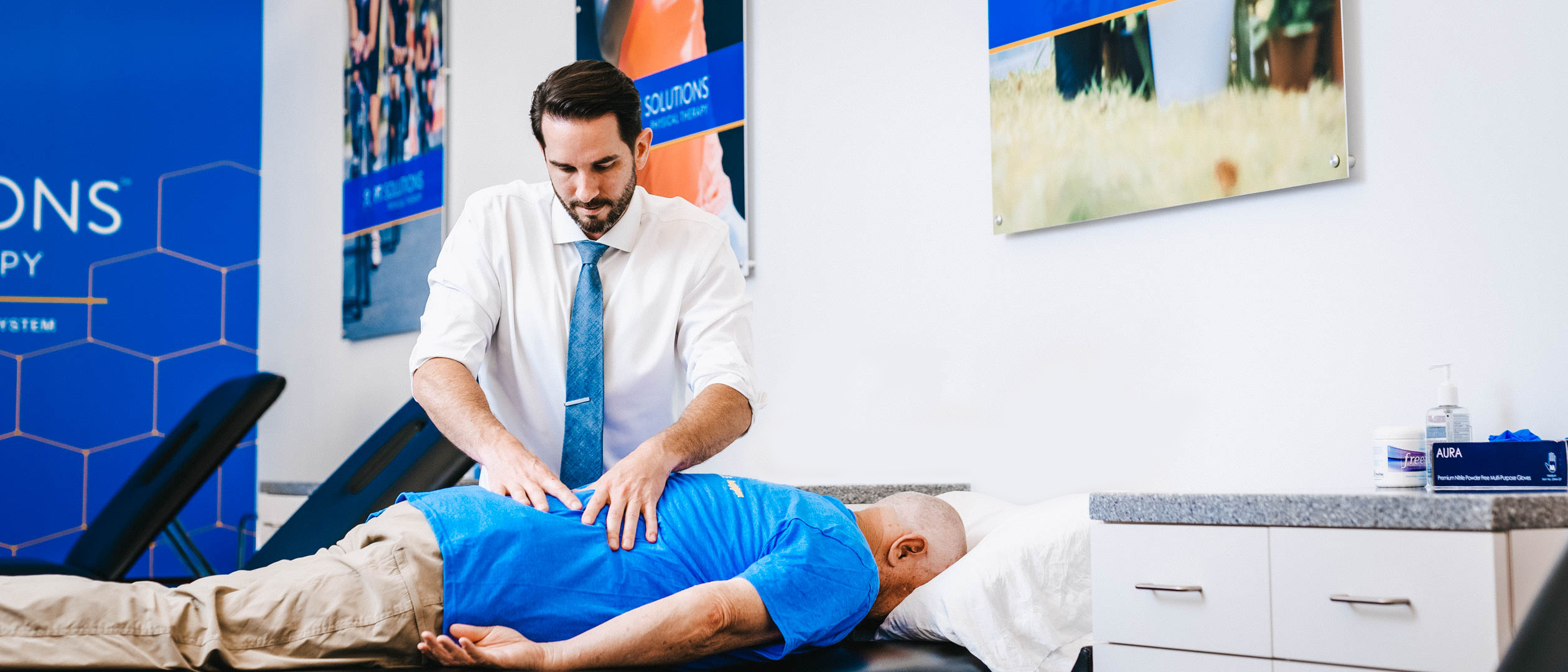
Understanding Back Pain
What is Low Back Pain?
Low back pain is one of the most common conditions treated by healthcare professionals, affecting up to 70% of people at some point in their lives. While many cases resolve on their own, others become chronic, lasting longer than three months.
What are the Symptoms of Lower Back Pain?
Low back pain can vary widely from person to person, depending on the underlying cause, severity, and duration of the condition. Some people experience mild discomfort that comes and goes, while others may struggle with persistent, debilitating pain that interferes with daily life.
In general, low back pain symptoms can be categorized by their intensity, location, and how they respond to movement. You may notice pain that is localized to one spot or radiates to other areas of the body. Regardless of the cause, the symptoms can include:
- A dull ache contained to the lower back
- A sharp pain that could move to other parts of your body
- Muscle spasms or tightness
- Pain that gets worse after sitting or standing too long
- Difficulty maintaining an upright posture, walking, or transitioning between sitting and standing.




